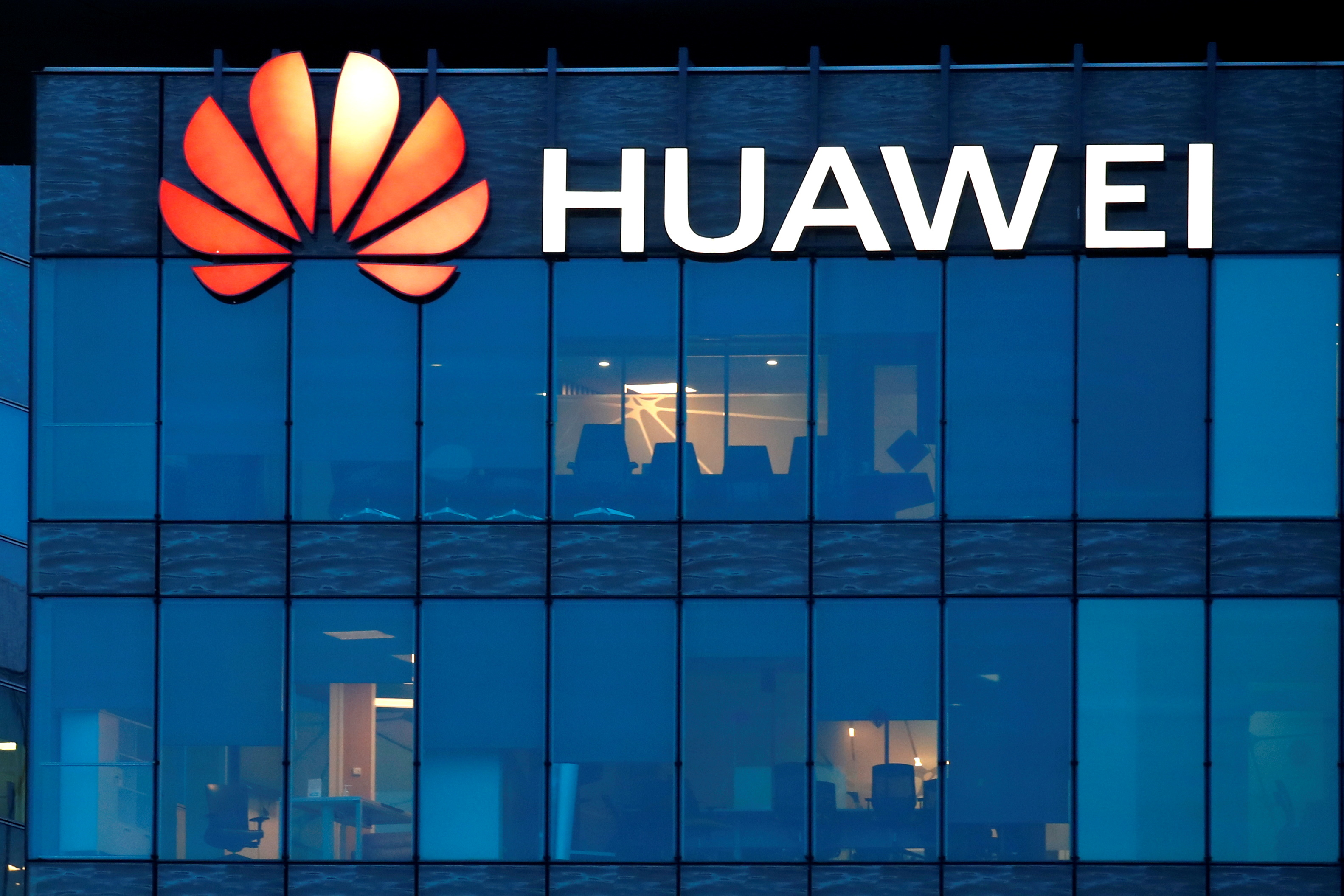On November 22, 2024, Huawei announced an innovative patent for battery materials, "Electrolyte Additives and Their Preparation Methods, Electrolytes, and Sodium-ion Batteries", which solves technical bottlenecks such as low first-time coulombic efficiency and poor cycling performance of sodium-ion batteries, and provides a new solution for improving the performance of sodium-ion batteries. With the continuous progress of sodium-ion battery technology, Huawei's technological achievements are not only expected to promote the application of sodium-ion batteries in many fields, but also open up a new path for the innovation and development of battery materials.
1. Technical background of sodium-ion batteries
As an energy storage technology with great potential, sodium-ion batteries have attracted extensive attention because of their abundant resources, low cost and environmental friendliness. However, the performance bottleneck of sodium-ion batteries has always been their low initial coulombic efficiency and poor cycling performance, especially in high-rate charge-discharge and long-term use, the decay rate of sodium-ion batteries is relatively fast. In order to overcome these problems, the development of more efficient electrolyte additives is the key to improving the performance of sodium-ion batteries.
2. Analysis of patent content
The core innovation of this patent is to provide a novel electrolyte additive and its preparation method. Specifically, the electrolyte additive consists of sodium ions, which contain unsaturated bonds on their ring structure, and cyclic anions. Its working principle can be understood from the following aspects:
1. Provide an additional sodium ion source: The electrolyte additive is easily oxidized during the charging and discharging process, and sodium ions are released after sodium desodization, thus providing an additional sodium ion source for sodium-ion batteries. This feature significantly improves the first coulombic efficiency of sodium-ion batteries, allowing them to perform ion migration more efficiently during initial charge and discharge.
2. Formation of a stable interfacial film: The electrolyte additive can undergo redox reactions on the surface of the positive and negative electrodes, forming a dense and stable interfacial film. This interfacial film can not only effectively inhibit the dissolution of metal ions in the cathode material, reduce the side reaction between it and the electrolyte, but also reduce the gas generation, further improving the safety and stability of the battery.
3. Reduced battery internal resistance: The additive also prevents metal ions from the cathode material from being deposited on the negative electrode, thereby reducing the battery's internal resistance. This mechanism enables sodium-ion batteries to maintain good performance at high temperature and long-term cycles, and prolong the service life of the battery.

Figure: Huawei's innovative electrolyte additive patents enhance the performance of sodium-ion batteries
3. Technical significance and application prospects
Huawei's patent for battery materials provides an effective solution to the technical bottleneck of sodium-ion batteries. Traditional sodium-ion batteries often fail to meet the needs of modern energy storage, electric vehicles and other fields due to their poor electrolyte stability and low coulombic efficiency due to high-rate charge-discharge and long-term use. By optimizing the composition and preparation method of electrolyte additives, Huawei's patented results have significantly improved the first-time coulombic efficiency and cycling performance of sodium-ion batteries, laying the foundation for the wide application of sodium-ion batteries.
With the increasing global demand for new energy technologies, sodium-ion batteries have a wide range of application prospects as an alternative with low cost, high safety and good environmental adaptability. Especially in the fields of energy storage systems, electric vehicles and smart grids, sodium-ion batteries are expected to become strong competitors for lithium-ion batteries.
Huawei's innovative patent will undoubtedly provide strong technical support for the commercial application of sodium-ion batteries, and promote the technological upgrading and market development of the battery industry.
Summary
On November 22, 2024, Huawei announced a patent for battery materials, "Electrolyte Additives and Their Preparation Methods, Electrolytes, and Sodium-ion Batteries", marking an important breakthrough in sodium-ion battery technology with its unique electrolyte additive design and innovative working mechanism. By improving first-time coulombic efficiency, optimizing cycle performance, and extending battery life, this patented technology will play a key role in the widespread adoption of sodium-ion batteries, especially in areas such as energy storage, electric vehicles, and smart grids. As the technology continues to mature, the future of sodium-ion batteries is promising, and Huawei's patent will undoubtedly push the development of this field into a new stage.






